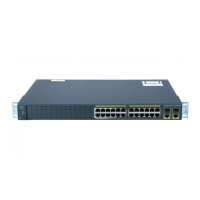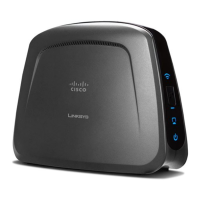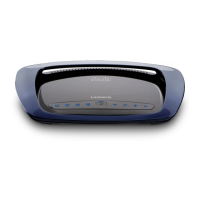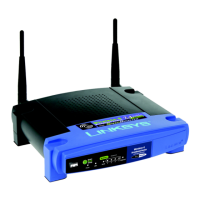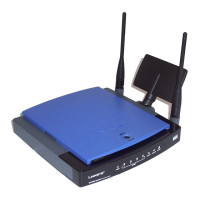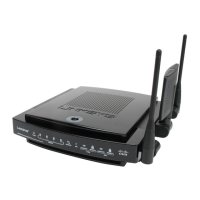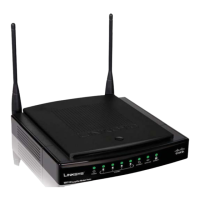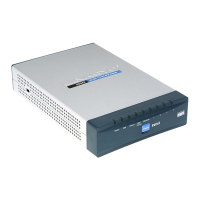© 2004 Cisco Systems, Inc. All rights reserved. Printed in USA.
Presentation_ID.scr
494949
© 2004 Cisco Systems, Inc. All rights reserved.
RST-3508
9805_05_2004_c2
Show Interface Error Counters (Cont.)
• Excess-coll (excessive collisions) is a count of frames for which transmission on a
particular port fails due to excessive collisions; an excessive collision happens when a
packet has a collision 16 times in a row; the packet is then dropped; excessive collisions
is typically an indication that the load on the segment needs to be split across multiple
segments but can also point to a duplex mismatch with the attached device; collisions
should not be seen on ports configured as full duplex
• Carri-sen (carrier sense) occurs everytime an Ethernet controller wants to send data on a
half duplex connection; the controller senses the wire and check if it is not busy before
transmitting; this is normal on an half-duplex Ethernet segment
• Undersize are frames received that are smaller than the minimum IEEE 802.3 frame size
of 64 bytes long (excluding framing bits, but including FCS octets) that were otherwise
well formed; check the device sending out these frames
• Runts are frames received that are smaller than the minimum IEEE 802.3 frame size
(64bytes for Ethernet) and with a bad CRC; this can be caused by duplex mismatch and
physical problems like a bad cable, port, or NIC card on the attached device
• Giants exceed the maximum IEEE 802.3 frame size (1518 bytes for non-jumbo Ethernet);
try to find the offending device and remove it from the network
• http://www.cisco.com/warp/public/473/164.html#show_interface
505050
© 2004 Cisco Systems, Inc. All rights reserved.
RST-3508
9805_05_2004_c2
Useful Port Troubleshooting Commands
for Connectivity
Port States:
1. Connected: Operational
2. Not connected: Check cables
3. Faulty: Use a sh test mod #
4. Disabled: Admin down
5. Inactive: Typically VLAN doesn’t exist
6. Errdisable: EtherChannel mismatch; duplex mismatch causing
excessive late collisions; UDLD; BPDU Guard
r3_c4k_s2> (enable) sh port 3 (Cat OS)
* = Configured MAC Address
Port Name Status Vlan Level Duplex Speed Type
----- ------------------ ---------- ---------- ------ ------ ----- ------------
3/1 connected 201 normal full 100 10/100BaseTX
3/4 notconnect 20 normal auto auto 10/100BaseTX
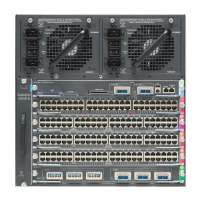
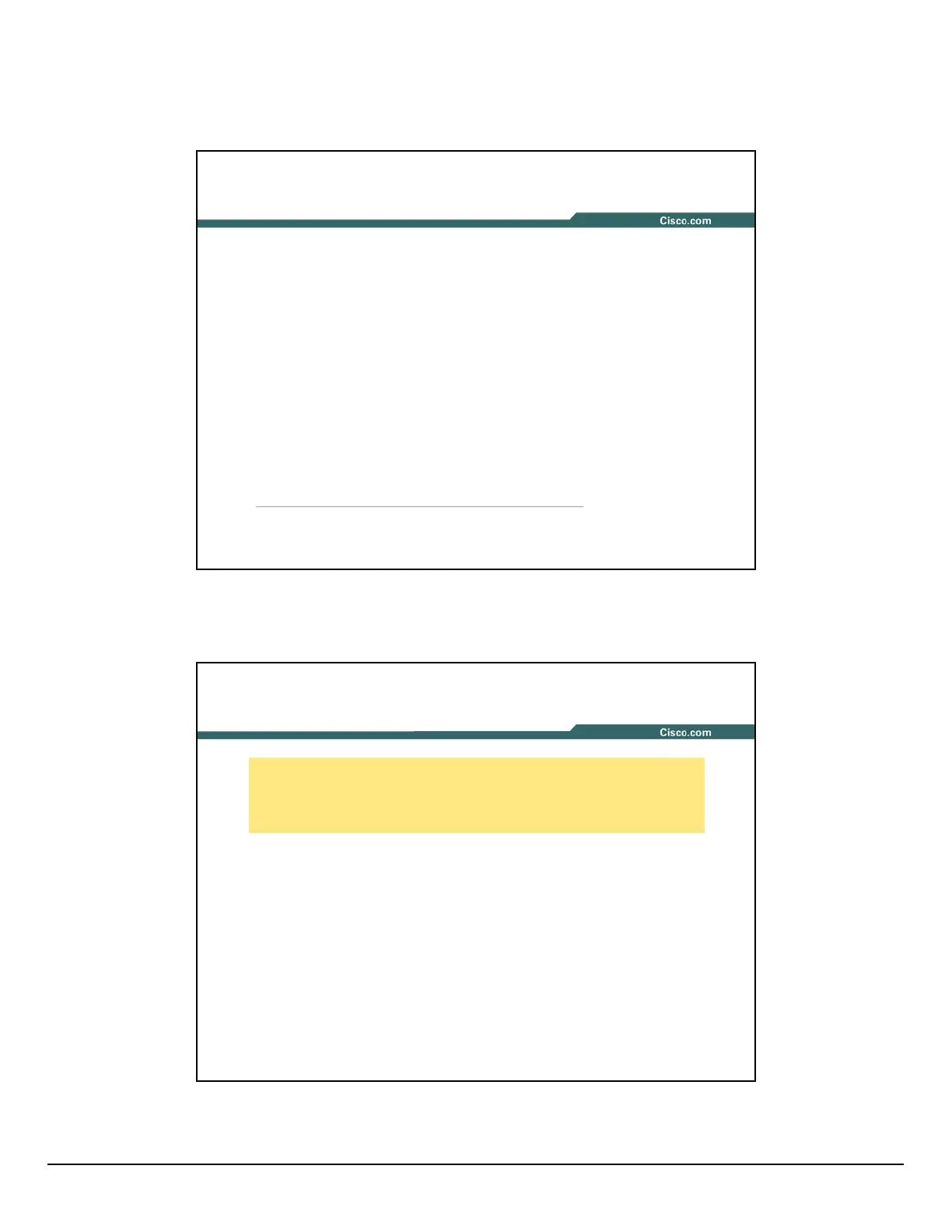